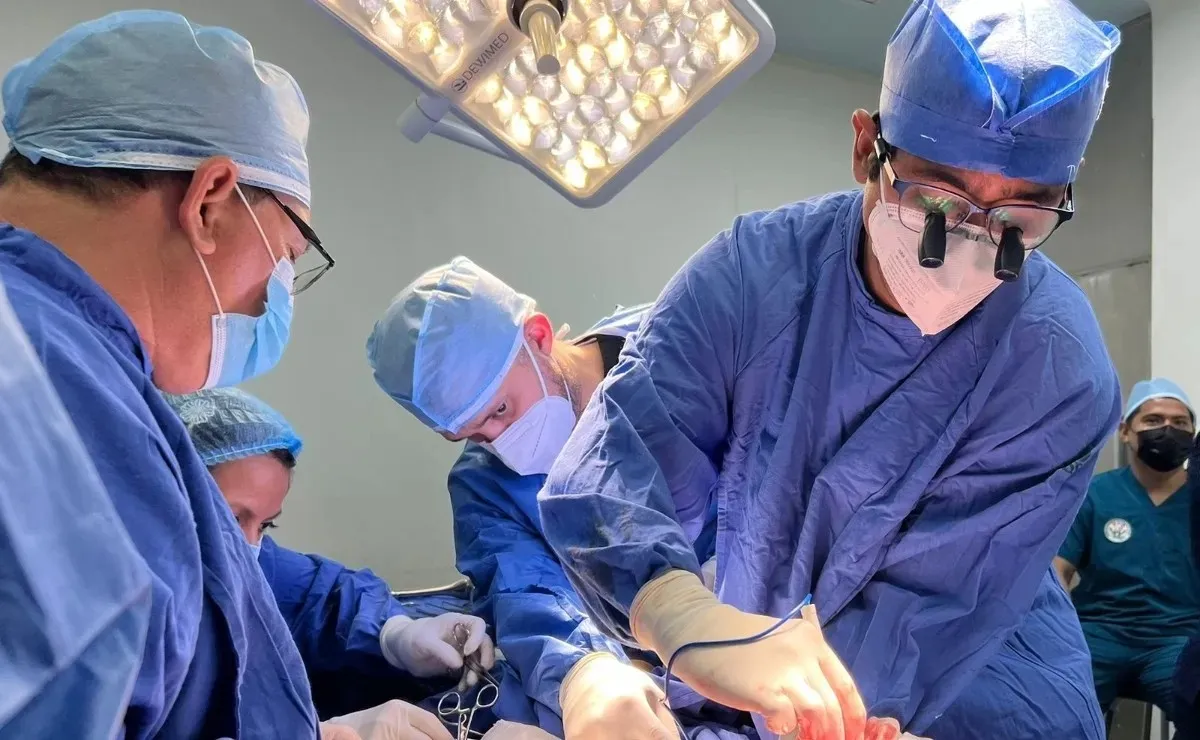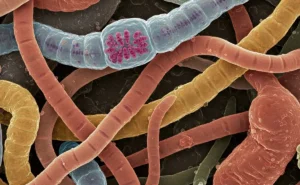Cases like that of a woman whose tonsils reappeared decades after surgery reveal a little-known phenomenon: the ability of some organs to regenerate naturally.
Although the human body is composed of more than 37 trillion cells, many of them have a limited lifespan and must constantly renew themselves to maintain proper functioning. However, with age or after an injury, regenerative capacity can be compromised, which can lead to symptoms or even organ failure.
For decades, medicine has sought ways to regenerate organs and tissues, with significant advances but still challenges to overcome. Stem cells, key to these processes, face limitations such as their low number and slow division rate, which makes their immediate application to regenerate entire organs difficult.
Despite these limitations, there are extraordinary reports that illustrate the body’s regenerative power. One example is that of Katy Golden, a woman who experienced spontaneous tonsil growth more than 40 years after having them surgically removed.
Organs that can regenerate
Liver: It is one of the organs with the greatest regenerative capacity. It can fully recover even if only 10% of its original mass is preserved. This characteristic has made it possible to perform successful partial transplants for both donors and recipients.
Spleen: Although less well-known, the spleen can also regenerate. In cases of injury or removal, fragments of the organ can implant in other areas of the abdomen and regenerate, a phenomenon called splenosis. It is estimated that up to 66% of those who lose their spleen experience some degree of spontaneous regeneration.
Lungs: Studies have shown that quitting smoking can help healthy lung cells repopulate the airways. In people who have had a lung removed, the remaining organ can increase its number of alveoli to compensate for the loss of function.
Fabrics with high regenerative capacity
Skin: It is one of the organs that regenerates the most, replacing millions of cells every day to maintain its integrity against environmental wear and tear.
Endometrium: This tissue that lines the uterus is renewed approximately every 28 days during the menstrual cycle. Throughout her fertile life, a woman can regenerate this tissue more than 450 times.
Vas deferens: In men, after a vasectomy, the vas deferens may spontaneously reconnect in rare cases, which can lead to unexpected pregnancies.
Bones: They have a remarkable capacity for regeneration after fractures, a process that takes between six and eight weeks. However, this process slows with age, especially in postmenopausal women, which increases the risk of osteoporosis.
The body adapts to organ loss
When one of the paired organs, such as the kidneys, is lost, the remaining organ can adapt by increasing its size and improving its function to compensate for its absence. This phenomenon is key to survival in patients with transplants or removals.
The Future of Regenerative Medicine
Although complete organ regeneration is not yet common, medicine continues to explore ways to stimulate this process in a controlled manner, which could alleviate the shortage of organs for transplant. For now, the human body’s regenerative capacity remains essential for its daily maintenance and for coping with injury, disease, and aging.























+ There are no comments
Add yours